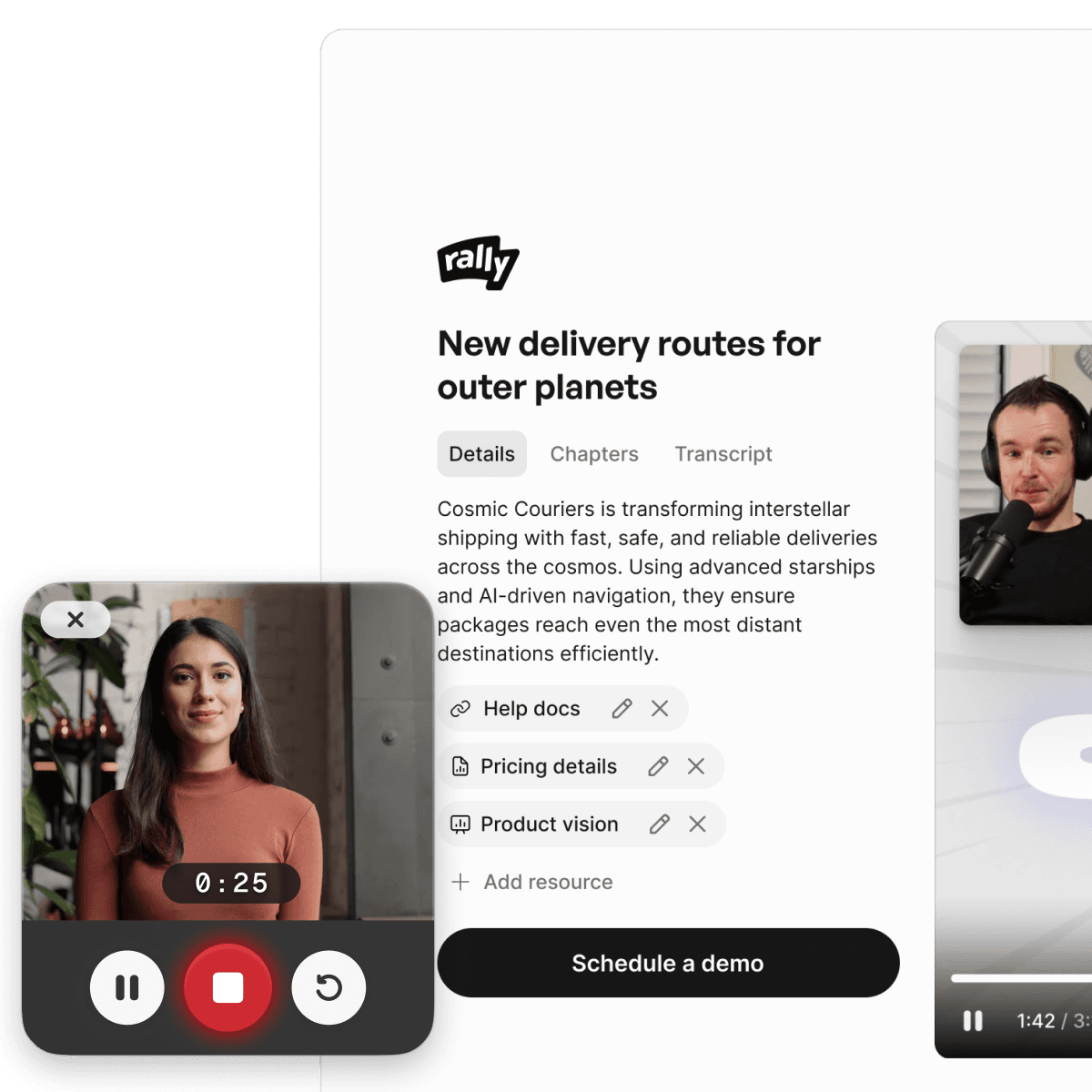
How to say no to feature requests without becoming the villain
What should you do when a customer keeps asking for the same feature? Here's how to share the decision and keep things constructive.
/
0 min read

What should you do when a customer keeps asking for the same feature? Or ask for something you know won’t happen?
What if they keep asking for the same feature?
Let’s assume the answer (for today) is no.
Say the decision for today
Put the decision in context
Share what it would take to revisit the decision
The trouble with open-ended answers
Try treating feedback like this as a request for a decision, instead of the feature itself. Actually figuring out how to build the feature comes later, if at all. But too often we leave customers in a vague limbo where they aren’t sure if you’re considering the feedback or acting on it. So they check.
You gotta say the decision. Call it a decision explicitly.
“We’ve decided not to [do something]… and I can share our thinking for context.”
A decision gives closure, rather than leaving it open-ended – folks often use language like “That’s good feedback”, which is unclear if you’re still considering and just need more pushing. Decisions release pressure, ambiguity builds it.
“I don’t think we’ll do that” leaves options open and people wondering if you need more time. “We decided not to do that” brings closure. Some people will hear the first one as an invitation to persuade you. And why not? You seem unsure, and maybe could use some helpful perspective. Or maybe some time to think. Best to ask again next week.
If the decision is made, the conversation will change. “Will you [do something]?” → “Will you change your decision?” – the second is easier to navigate. They might believe it is the wrong choice, but for now that’s where you’re at.
It's OK to change your mind later
You should be clear on which type of “No” your decision is. If your answer is really “Not yet”, what would it take for you to revisit the decision? Time? A specific event? Sharing this point of view can be useful to manage expectations. Especially if product feedback from sales is causing trouble with your product managers.
Most product priorities are two-way door decisions. They are reversible, and can change in the future under new circumstances.
Jeff Bezos explains one-way door decisions and two-way door decisions
What would cause you to change your mind? For example:
“If we started to hear this from multiple customers, that would cause us to revisit this decision…”
“Once mobile technology is further along, we’re open to revisiting…”
Put the decision in context
For feature requests with customers, it can help to remind them you have to consider a broader audience. If their request makes sense, it’s OK to say so. Most customers are rational, and acknowledging their request’s validity can help you build credibility. It doesn’t automatically commit you to the result.
What makes sense for one customer, may not make sense for the rest. A big part of credibility in these relationships comes from a belief that someone sees the same reality you do, and makes informed decisions based on goals instead of stubbornness. Spend time to prove it.
“Sounds like this makes a lot of sense for your team. We haven’t heard anything like this from other customers yet, which is why I’m not able to give you the answer you’re looking for today.”
You will find people who push anyway. Or maybe they start filing feature requests as bugs. “It’s broken because I expected this setting but I have no way to fix it…” — and a topic for a different post.
But most of the time, doing these three things will help.

